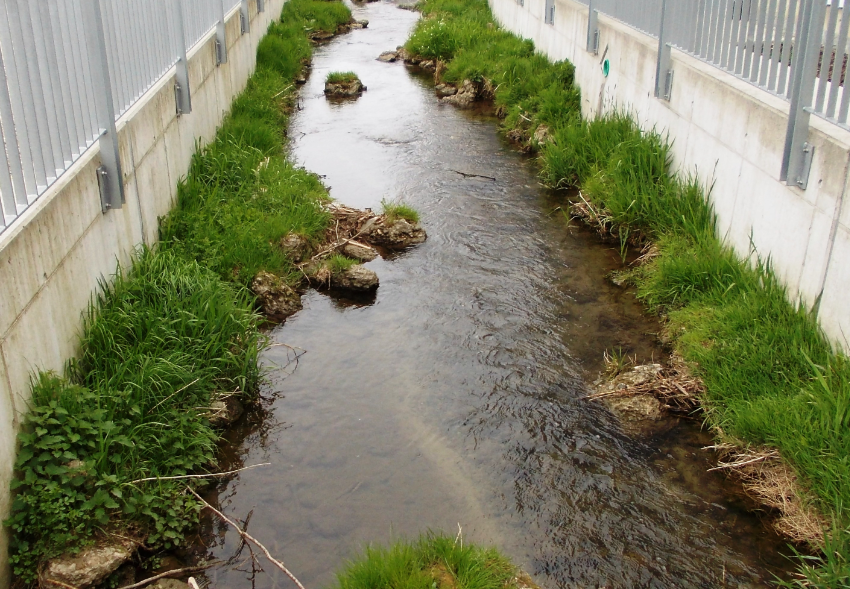Restoring Streams: A Crucial Step for Controlling Urban Water Pollution
admin
May 22, 2024

Understanding Stream Restoration
Key Benefits of Stream Restoration in Urban Areas
1. Improved Water Quality
2. Enhanced Stormwater Management
3. Biodiversity and Habitat Creation
4. Aesthetic and Recreational Value
5. Climate Resilience
Real-World Examples of Successful Stream Restoration
Many cities around the world are recognizing the importance of stream restoration and have implemented successful projects. For instance:
- Seoul, South Korea: The restoration of the Cheonggyecheon Stream transformed a polluted and covered waterway into a vibrant urban park. This project not only improved water quality but also revitalized the surrounding area, attracting tourists and providing recreational spaces for residents.
- Portland, Oregon: The Johnson Creek restoration project focused on reducing flooding, improving water quality, and restoring natural habitats. The project has been successful in managing stormwater, reducing pollution, and enhancing biodiversity.
End Note
Stream restoration is a powerful tool for controlling water pollution in urban areas. By improving water quality, enhancing stormwater management, supporting biodiversity, and providing aesthetic and recreational benefits, restored streams contribute to healthier, more sustainable cities. As urban populations continue to grow, the importance of maintaining and restoring natural waterways becomes increasingly evident.
At Graphias Solutions, we are committed to promoting environmental health through innovative solutions like stream restoration. Contact us today to learn how our expertise can help you create a cleaner, more resilient urban environment. Together, we can make a difference in controlling water pollution and enhancing the quality of life in our cities.
